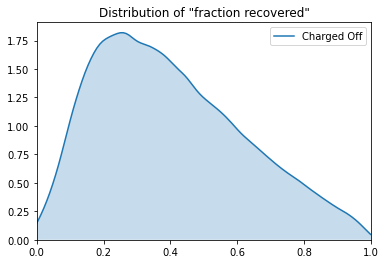Building a Neural Network to Predict Loan Risk
blog/what-is-peer-to-peer-lending/Peer-to-peer lending is a type of loan where borrowers and lenders are connected online without a bank.
Get more great content for getting started with quant finance.
blog/what-is-the-difference-between-a-bank-and-a-credit-union/
1 Banks and credit unions are two different types of financial institutions that offer similar services. Banks are for-profit institutions that are owned by shareholders and make money from charging fees and interest on their services. Credit unions are not-for-profit institutions that are owned by members and use their profits to benefit their members.
2 Banks offer a wide range of services, including savings accounts, checking accounts, loans, and investments. They also provide online banking, mobile banking, and other services. Credit unions also offer similar services, but they tend to offer lower fees and higher interest rates.
3 Banks are regulated by the federal government, while credit unions are regulated by the National Credit Union Administration. Banks are also subject to federal deposit insurance, while credit unions are insured by the National Credit Union Share Insurance Fund.
4 Both banks and credit unions offer their customers a variety of financial services. The main difference is that banks are for-profit institutions, while credit unions are not-for-profit institutions. Banks are regulated by the federal government, while credit unions are regulated by the National Credit Union Administration. Both banks and credit unions offer their customers a variety of services, but credit unions tend to offer lower fees and higher interest rates.
Check out the full post at lendingclub.com.

